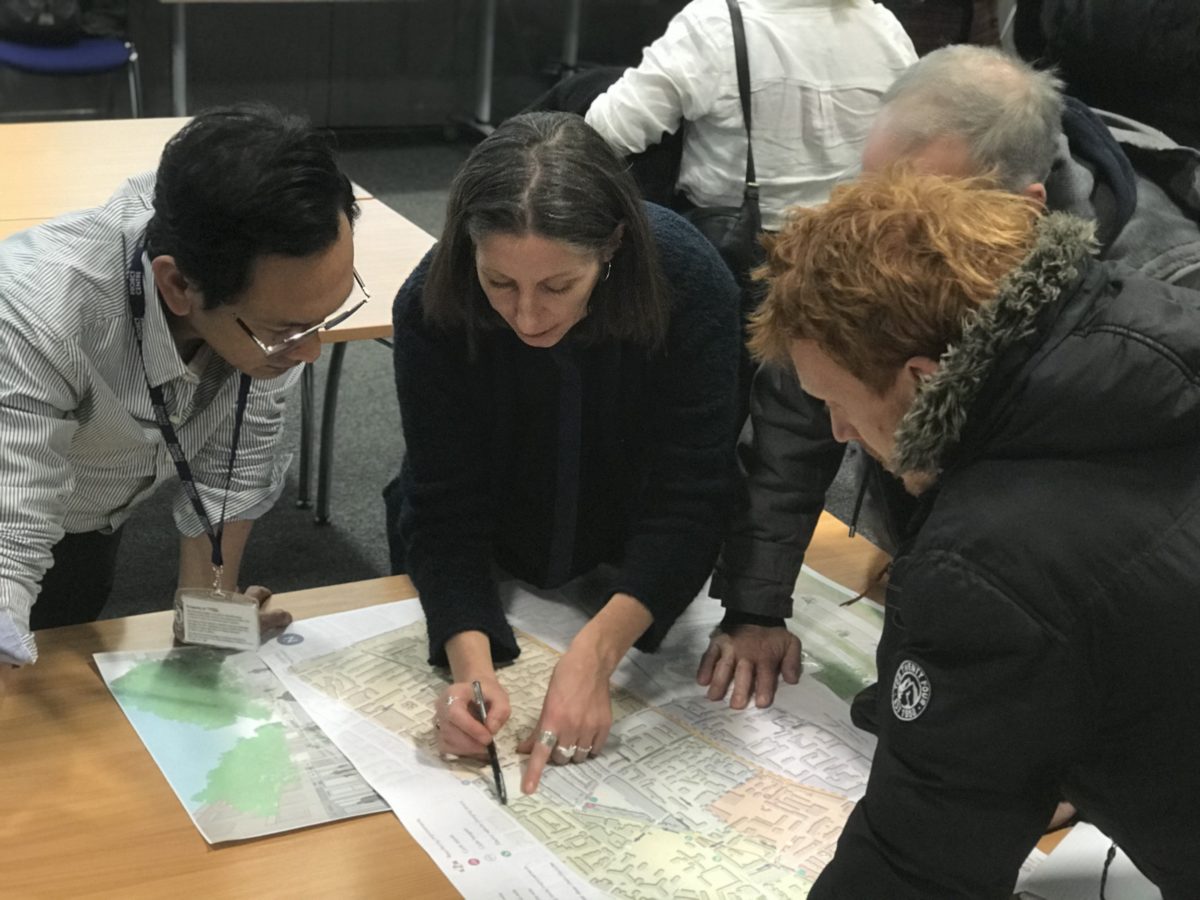

Plans to improve air quality and reduce road traffic in the Bethnal Green area faced public criticism in a meeting between councillors and Tower Hamlets residents on Thursday evening.
Tower Hamlets residents were given the chance to show their support or voice concerns about the “Liveable Streets” schemes, and highlighted the reality of how the proposals would affect them.
If approved, the plans would require people based in and around Bethnal Green to reconsider their daily routines, with the introduction of road barriers throughout the streets and areas such as Arnold Circus being completely transformed.
The concerns of 650 residents were considered over a number of public meetings earlier this year, in the outlining of the proposals. More cycle lanes, green spaces and measures to prevent Bethnal Green being used as a “rat run” were all outlined in plans to improve air quality, while reducing road traffic and anti-social behaviour.
- Liveable Streets map for Bethnal Green.
- Plans to completely revamp Arnold Circus.
However, with a population of 318,000, some Tower Hamlets residents feel the plans do not consider the wider impact of the proposals.
Despite the concerns that took centre stage on the night, there were also many residents in full support of the schemes. Sound Engineer Ross sees the plans as a positive change for young people and their future: “People need to get used to the fact [that] they can’t just drive wherever they want to and park wherever they like [..] it’s the equivalent of widening a road to alleviate congestion, it just won’t work”.
Evidence suggests that London’s inner city needs more rapid change programmes like the one proposed for Bethnal Green.
There are 70 primary schools in the borough of Tower Hamlets, 43 of which are in Bethnal Green. A significant number when you consider the 21,000+ cars driving through the area each day. This volume of traffic means that the area has dangerously high levels of pollution.
But this is only a small piece of the bigger picture. According to air quality readings from 2016, 72% of Inner London’s primary schools are breathing air that exceeds the legal levels of Nitrogen Dioxide (N02). For places like Tower Hamlets – where there is a significant density of schools and children – transforming the way the borough functions, so as to preserve the health of its residents, is evidently a central goal of the council.
Climate change and pollution are now at the forefront of nearly every government and local council’s agenda. It is undeniable that schemes such as this are needed in order to combat the air quality and pollution problems that London faces. But, in order to find success in these plans, councils must consider the impact they might have on the residents who have to live with the changes.


